Exploring national parks is one of the best ways to experience wildlife in its natural habitat. These are the places where you can see animals behaving, well, like animals. Here, Mother Nature is the boss, and humans are just visitors. If you’re a wildlife enthusiast, this list of 15 national parks where wildlife still runs the show is for you. Whether you’re planning a visit or just dreaming from your couch, let’s dive into these wild wonders.
1. Yellowstone National Park, USA
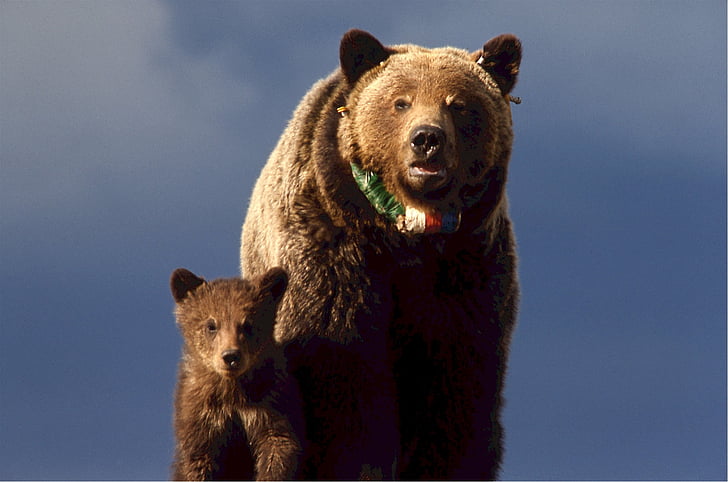
Yellowstone isn’t just America’s first national park; it’s a haven for wildlife. Home to bison, elk, and grizzlies, you’ll feel like you’ve stepped into a nature documentary. Lamar Valley is often called “America’s Serengeti” because of its diverse wildlife. According to the National Park Service, the park is home to more wild animals than almost anywhere else in the United States. This makes it a paradise for photographers and nature lovers alike.
While you’re there, keep an eye out for the elusive gray wolves. Reintroduced in 1995, these predators play a crucial role in maintaining the park’s ecological balance. Watching a wolf pack move through a snowy landscape is an unforgettable sight. Be sure to bring binoculars or a good zoom lens for the best experience. Remember, keep your distance and respect these magnificent creatures.
2. Serengeti National Park, Tanzania
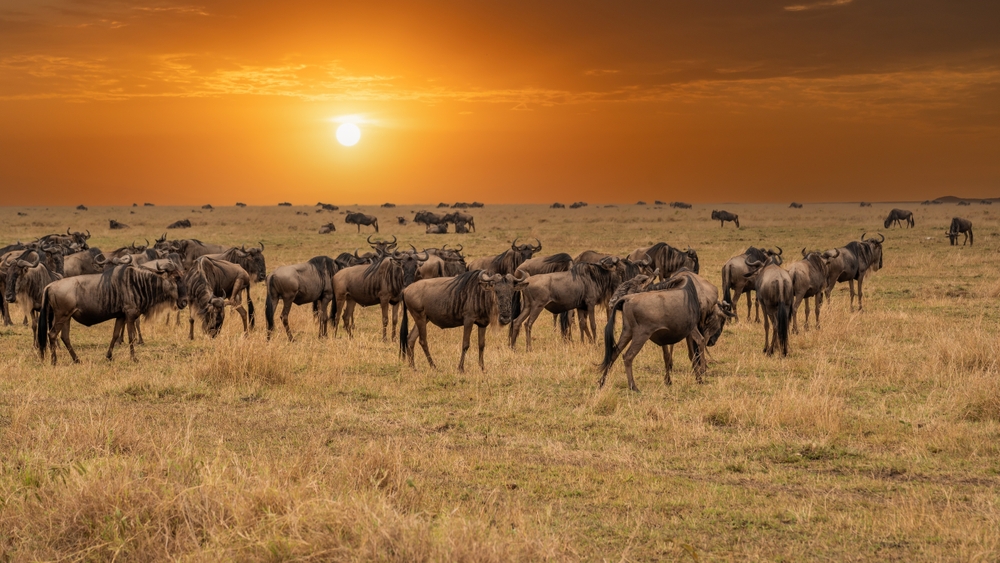
The Serengeti is synonymous with the Great Migration, one of the most impressive wildlife spectacles on Earth. Imagine over a million wildebeests, zebras, and gazelles moving across the plains in search of fresh grazing. It’s a raw and thrilling experience that captures the essence of wild Africa. Besides the migration, the park is home to the “Big Five”: lions, elephants, buffalo, rhinos, and leopards. Every visit offers a unique glimpse into the circle of life.
Game drives are the best way to explore the vast Serengeti landscape. Whether you choose a self-drive option or a guided tour, the park never disappoints. You might spot a pride of lions lounging under a tree or elephants marching in the distance. An early morning or late afternoon safari offers the best lighting for photography. Don’t forget to pack a good pair of sunglasses and sunscreen to tackle the African sun.
3. Ranthambore National Park, India

If tigers are on your wish list, Ranthambore National Park in India is where you should be headed. Known for its dense population of Bengal tigers, this park offers a good chance of spotting these majestic creatures. Dr. Ullas Karanth, a renowned wildlife biologist, has noted that Ranthambore’s unique mixture of forest and ruins provides perfect habitats for tigers to thrive. This makes for some dramatic photo opportunities and unforgettable experiences. The park also features other wildlife like leopards, sloth bears, and various bird species.
Visiting Ranthambore is like stepping back in time with its ancient ruins and fortresses. The park’s diverse landscapes range from open grasslands to dense forests. Jeep safaris are popular, but remember to book in advance as permits can sell out quickly. It’s advisable to go during the cooler months between October and March for a comfortable experience. And always, patience is key when trying to spot wildlife.
4. Kruger National Park, South Africa
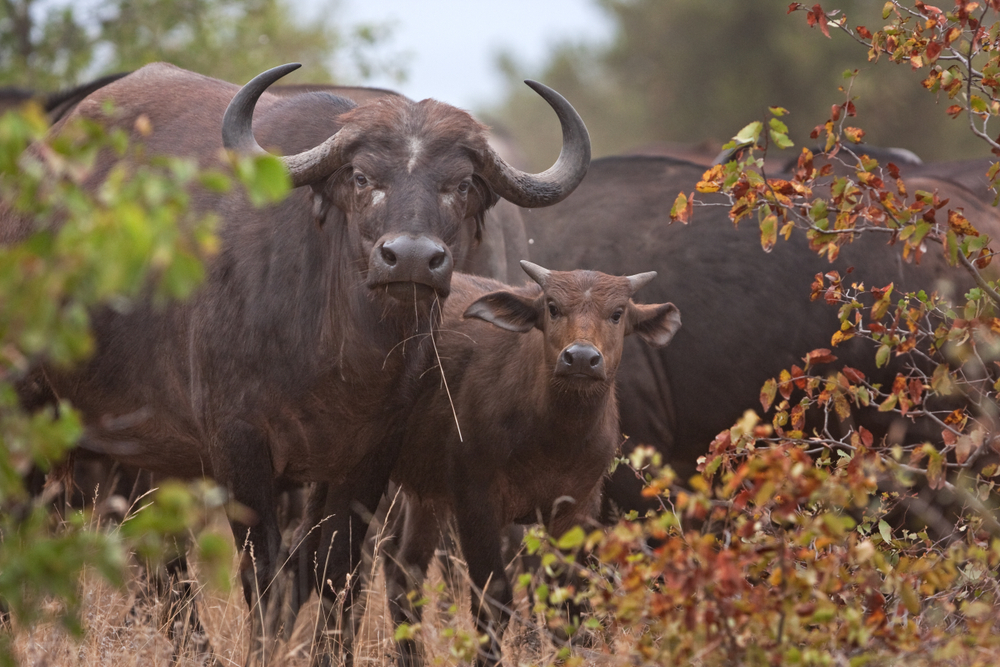
Kruger National Park is one of Africa’s largest game reserves, stretching across nearly two million hectares. It’s a place where wildlife rules, offering one of the continent’s most exciting safari experiences. Visitors often flock here to see the Big Five, but Kruger also hosts hundreds of bird species and other fascinating animals like wild dogs and cheetahs. There are few places on Earth where you can experience such a diversity of wildlife. Here, every turn could lead to an unforgettable encounter.
Self-driving is a popular way to explore Kruger, offering you the freedom to go at your own pace. There are also guided safari options for those who prefer expert-led tours. The park is well-equipped with campsites and lodges, making it easy to plan an extended stay. The best time to visit is during the dry winter months when animals are more likely to gather around water sources. Make sure to keep your camera ready and your eyes peeled for unexpected surprises.
5. Torres Del Paine National Park, Chile

Famous for its striking landscapes, Torres del Paine is also a hotspot for diverse wildlife. The park is home to guanacos, Andean condors, and the elusive puma. A study conducted by the World Wildlife Fund reports that the park’s diverse ecosystems make it a crucial haven for many endangered species. Its mix of mountains, glaciers, and lakes creates a surreal backdrop for wildlife watching. No wonder it’s a must-visit for anyone traveling through Patagonia.
Hiking is the best way to explore Torres del Paine, with trails offering different levels of difficulty. The “W” trek is particularly famous for its stunning views and wildlife encounters. Keep an eye out for the park’s less visible residents, like foxes and owls, as you traverse the terrain. The park is open year-round, but the best time to visit is during the summer months of December to February. Just be prepared for unpredictable weather, as it can change rapidly.
6. Denali National Park, USA
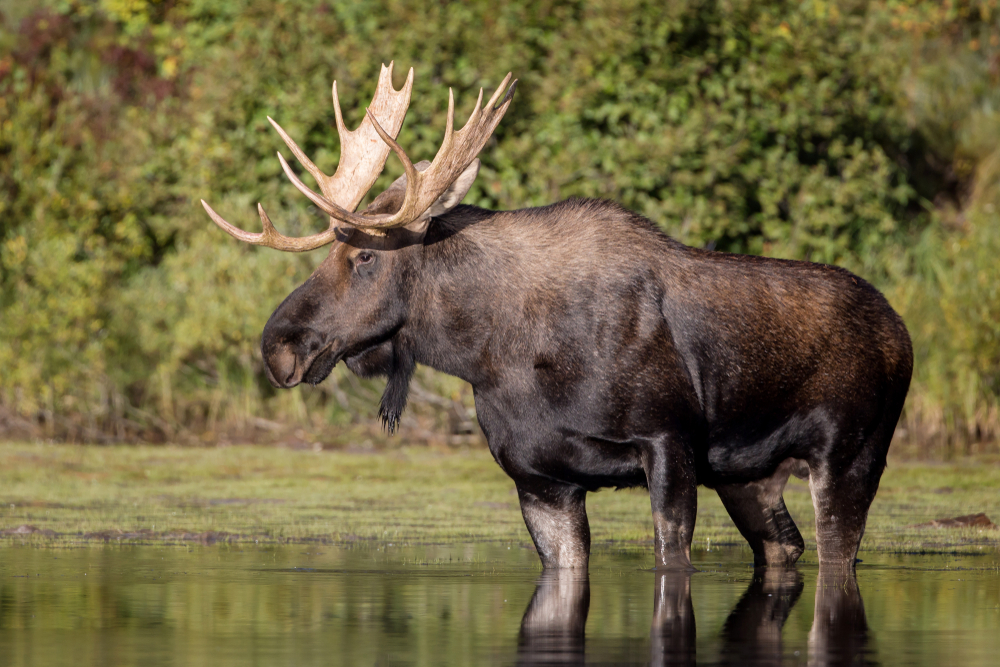
Denali National Park is a wilderness gem in Alaska, with six million acres of untamed landscapes. The park boasts North America’s tallest peak, Mount Denali, but its real stars are the wildlife. Caribou, moose, and grizzly bears roam freely across the tundra, offering endless opportunities for wildlife enthusiasts. The park’s single road allows for controlled access, so animals have plenty of space to thrive. This makes it a unique place where you can see large mammals in their natural environment.
Exploring Denali is all about embracing the wild. Ranger-led programs are available to provide insights into the park’s unique ecosystem. If you’re feeling adventurous, backcountry camping offers an immersive experience. Just remember to be prepared for the elements and carry bear spray. Always follow the park rules to ensure both your safety and the welfare of the wildlife.
7. Galápagos National Park, Ecuador
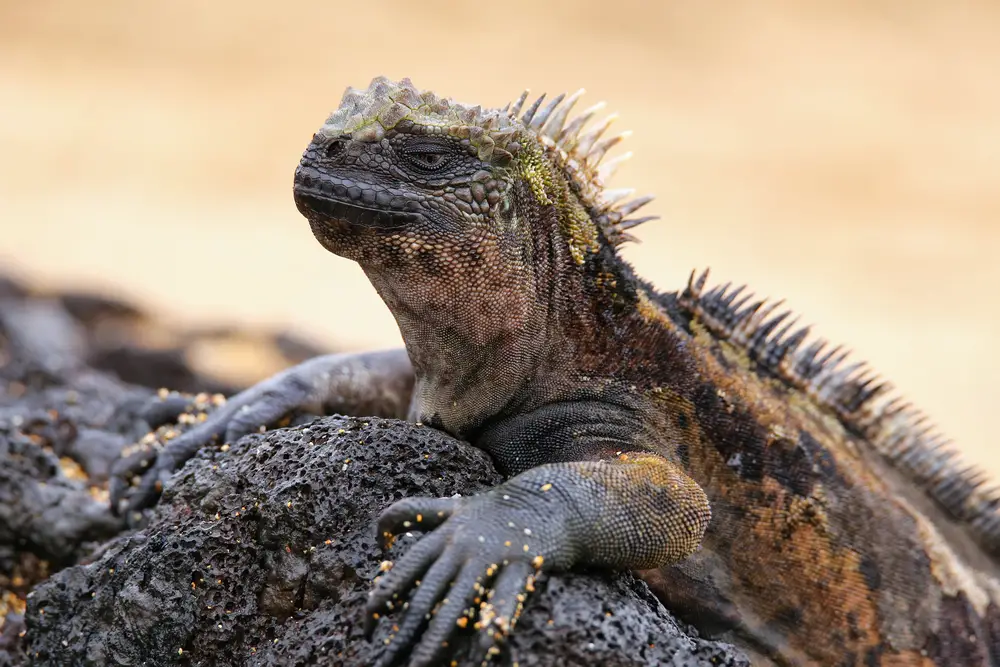
The Galápagos Islands are a living laboratory of evolution, home to species found nowhere else on Earth. This protected area allows you to get up close and personal with creatures like giant tortoises, marine iguanas, and blue-footed boobies. According to Dr. Charles Darwin’s observations, these islands offer a window into natural selection’s intricate dance. The islands’ remote location in the Pacific Ocean has allowed wildlife to flourish with minimal human interference. A visit here is like stepping into a world apart.
Exploration is mainly by boat, with guided tours ensuring minimal impact on the fragile ecosystems. Snorkeling and diving are popular activities, giving you a chance to encounter sea lions and tropical fish underwater. Each island offers something different, so plan to visit a few to get the full Galápagos experience. The best time to visit depends on your interests, whether you’re after warmer waters or specific wildlife events. Keep in mind that tourism is regulated, so book your trip early to secure permits.
8. Chobe National Park, Botswana
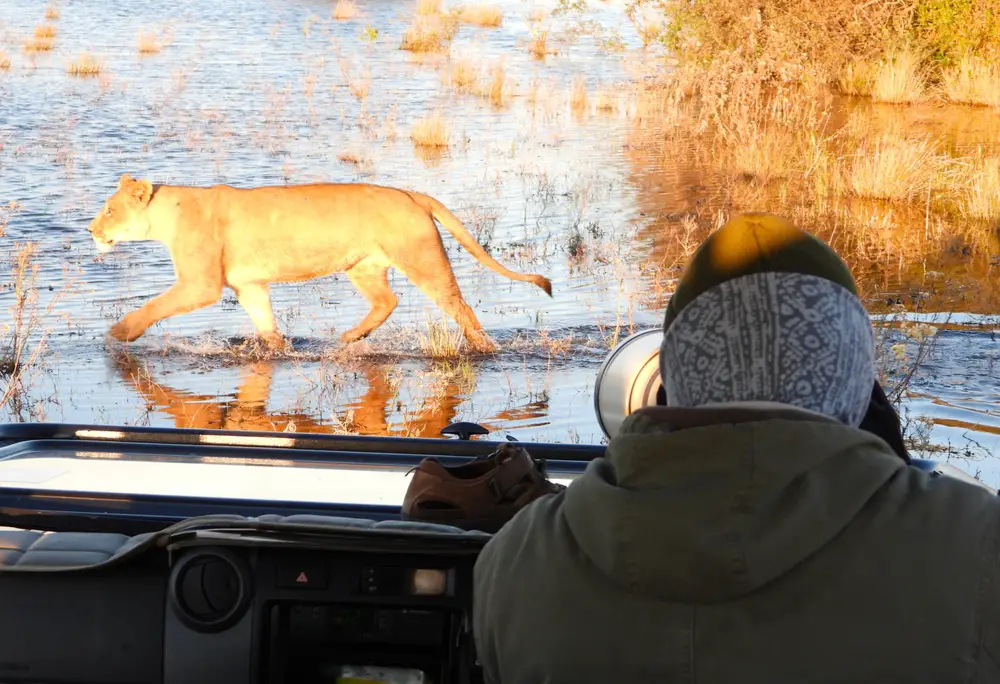
Chobe National Park is a must-visit for anyone interested in African wildlife. Known for its large elephant population, this park provides some of the best elephant-viewing opportunities in Africa. You might see herds crossing the Chobe River or grazing along its banks, creating picture-perfect moments. Besides elephants, Chobe is home to lions, leopards, and a variety of antelope species. The park’s diverse ecosystems, from riverfront to floodplains, are a haven for wildlife.
One of the highlights of visiting Chobe is the chance for a river safari. This offers you a different perspective and a closer look at the park’s aquatic residents like hippos and crocodiles. Early morning or late afternoon are the best times to spot wildlife, as animals are more active then. There’s a range of accommodation options, from luxury lodges to campsites, catering to different travel styles. Be sure to bring a good pair of binoculars for the best viewing experiences.
9. Kakadu National Park, Australia
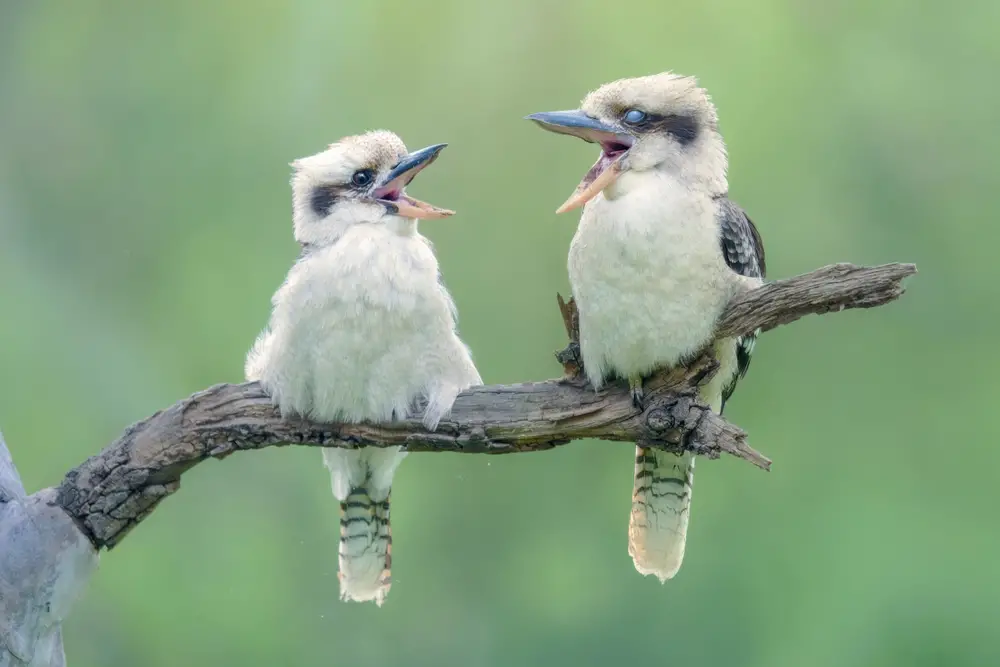
Kakadu National Park offers a unique blend of cultural and natural wonders. Recognized for its rich Aboriginal history, the park is also teeming with wildlife. Saltwater crocodiles, wallabies, and an abundance of bird species call Kakadu home. The diverse landscapes, from wetlands to escarpments, serve as the perfect backdrop for wildlife spotting and cultural exploration. It’s a place where you can learn about indigenous culture while observing Australia’s iconic fauna.
Guided tours are a great way to delve into Kakadu’s dual heritage. Joining a local guide will enrich your understanding of the park’s significance and offer the best chances for wildlife sightings. The park is vast, so plan your visit to explore different areas, each offering something unique. Visiting during the dry season from May to September is ideal for wildlife viewing. Remember, safety comes first, especially when around water bodies inhabited by crocodiles.
10. Banff National Park, Canada
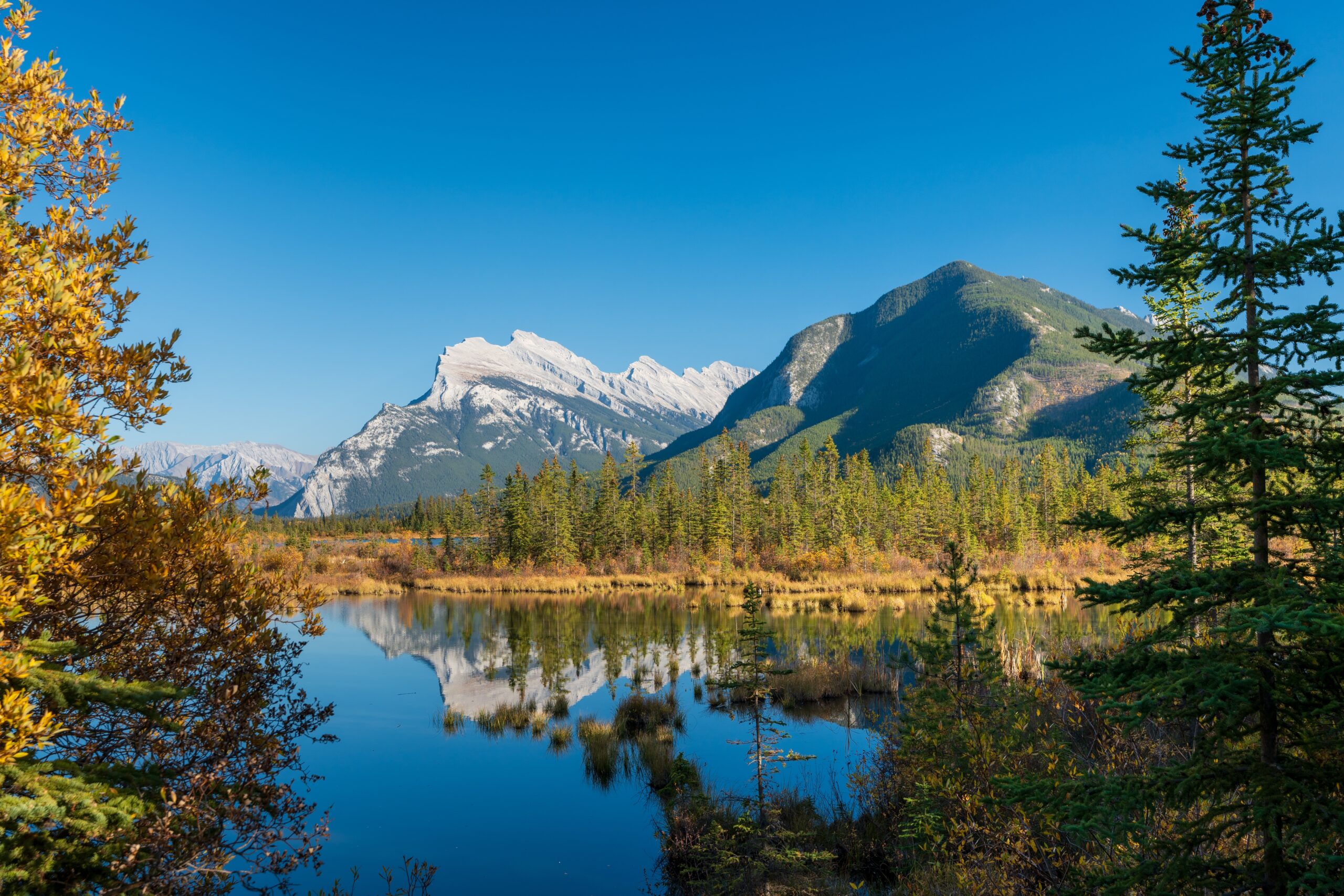
Nestled in the Canadian Rockies, Banff National Park is a wildlife enthusiast’s dream. Here, you can encounter elk, bighorn sheep, and black bears against a backdrop of snow-capped peaks and turquoise lakes. The park’s vast wilderness areas offer ample opportunities to see animals in their natural habitats. Scenic drives and hiking trails provide access to some of the best wildlife viewing spots. It’s a place where every turn offers a picture-perfect moment.
Banff is also home to the iconic grizzly bear. Spotting one responsibly requires some patience and a bit of luck. The best time to visit is during the spring and fall, when animals are more active and the chances of sightings increase. Bear safety is crucial, so be sure to educate yourself on how to behave in bear country. With its stunning landscapes and diverse wildlife, Banff is a treasure trove for nature lovers.
11. Etosha National Park, Namibia
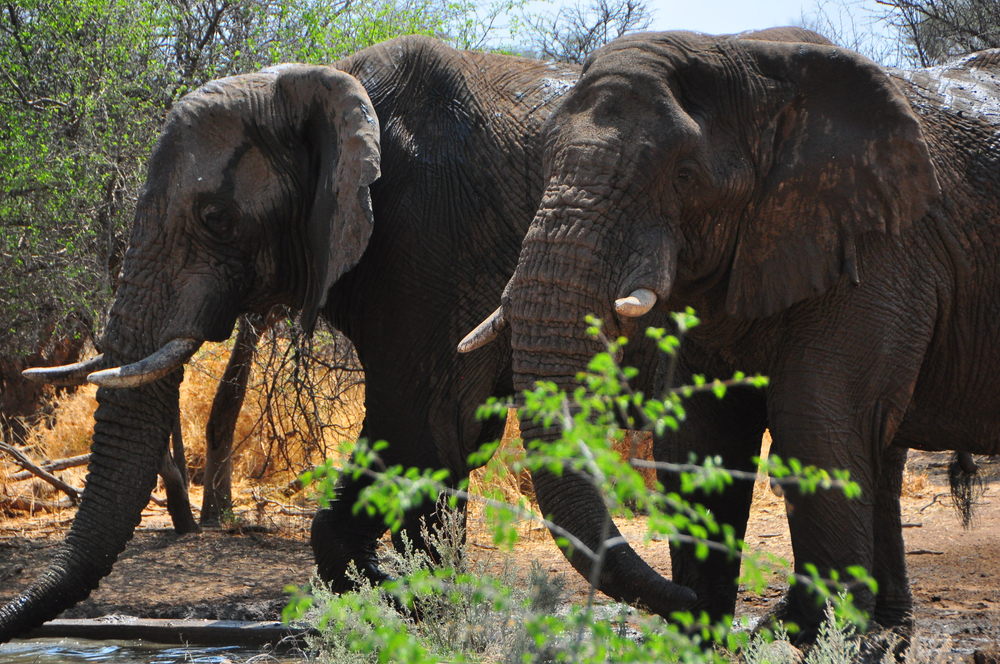
Etosha National Park is renowned for its unique landscapes and abundant wildlife. Its vast salt pan, visible even from space, creates a striking environment for wildlife viewing. The park is home to elephants, lions, and black rhinos, among other species, making it a prime destination for safari-goers. Waterholes scattered throughout the park serve as gathering points for animals, offering fantastic viewing opportunities. A visit to Etosha promises encounters with Africa’s iconic wildlife in a distinctive setting.
The park’s well-maintained roads make it accessible for self-driving safaris, a popular choice for visitors. Guided tours are also available for those who prefer expert insights into the park’s ecology and wildlife. Accommodation ranges from camping sites to luxurious lodges, providing options for various budgets. The dry season, from May to October, is ideal for wildlife viewing as animals converge around water sources. Remember to bring plenty of water and sun protection, as the Namibian sun can be intense.
12. Manu National Park, Peru
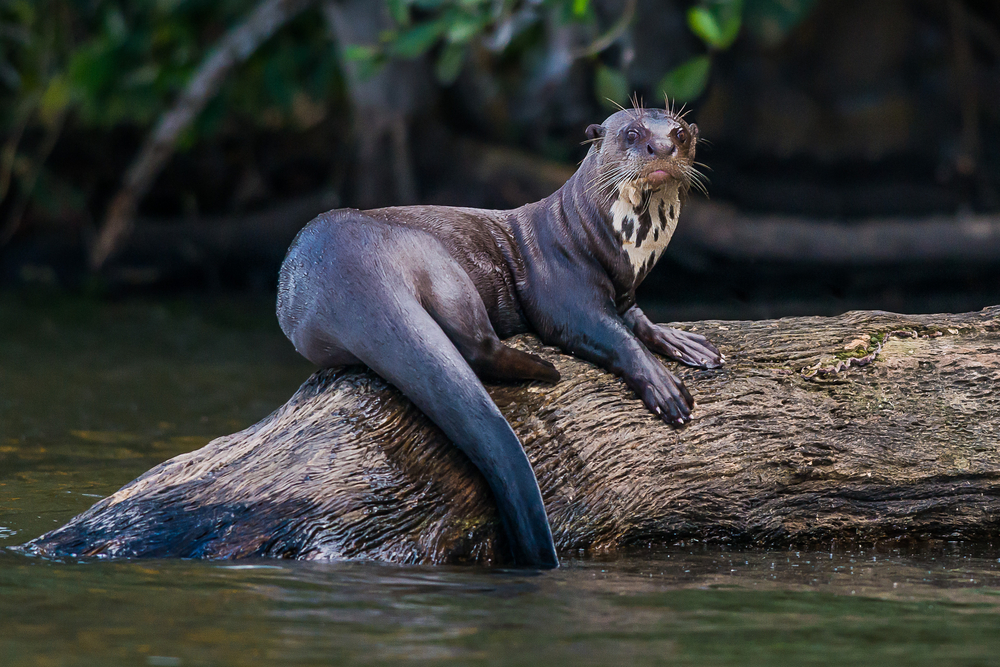
Manu National Park is a biodiversity hotspot located in the Peruvian Amazon. With its record-breaking number of bird species and diverse ecosystems, it offers a unique wildlife experience. Here, you can observe jaguars, giant otters, and colorful macaws in their natural habitat. The park’s remoteness means fewer visitors, allowing for a more intimate exploration of its wonders. It’s a paradise for those seeking an authentic jungle experience.
Access to Manu is limited, ensuring its pristine environments remain untouched. Guided tours are essential, as they offer deep insights into the park’s rich biodiversity and the best chances for wildlife encounters. The park’s diverse range of accommodations includes eco-lodges and research stations, blending comfort with sustainability. The dry season from May to September is the best time to visit, as wildlife is easier to spot. Be prepared for the rainforest climate by packing lightweight, quick-drying clothing and insect repellent.
13. Yala National Park, Sri Lanka

Yala National Park is Sri Lanka’s most famous wildlife sanctuary, known for its high density of leopards. Spotting these elusive big cats is a thrilling experience, and Yala offers one of the best chances to see them. The park is also home to elephants, sloth bears, and a variety of bird species. With its diverse ecosystems, from coastal lagoons to forests, Yala provides a stunning backdrop for wildlife photography. Every visit offers a new adventure, with something different around every corner.
Jeep safaris are the most common way to explore Yala, offering flexibility and good wildlife viewing opportunities. Booking a knowledgeable guide can enhance your experience, providing insights into the park’s wildlife and ecology. The best time to visit is from February to June, when the water levels are lower, making animals more visible. Be prepared for bumpy rides on dirt tracks, and bring a hat and sunscreen to protect against the sun. Yala is a place that leaves you with incredible memories and a deeper appreciation for wildlife.
14. Rapa Nui National Park, Chile
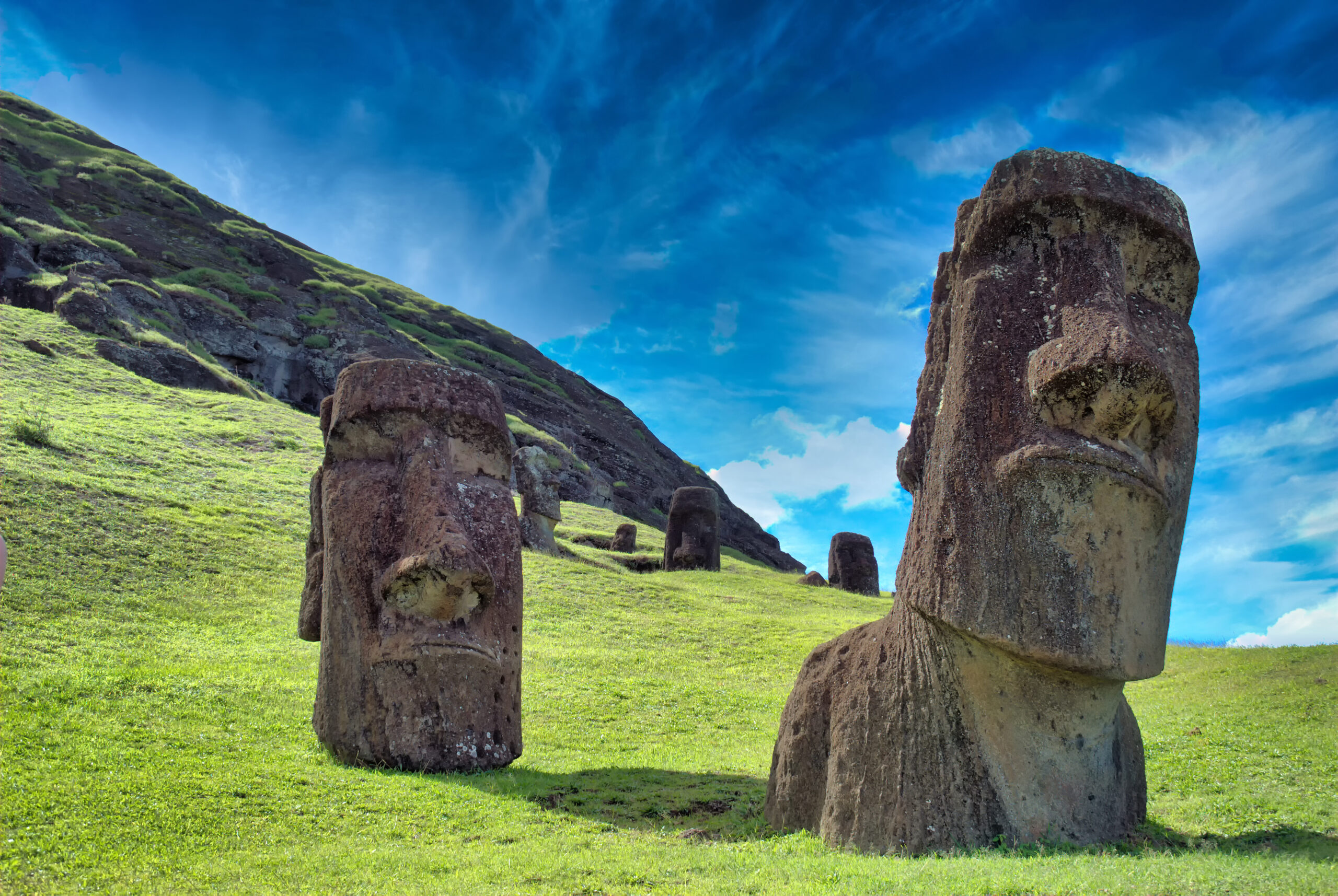
Rapa Nui, also known as Easter Island, is famous for its mysterious moai statues, but it’s also a haven for wildlife. The park is home to unique bird species, marine life, and native plants found nowhere else. The island’s remote location in the Pacific Ocean has allowed its delicate ecosystems to flourish. Here, you can explore volcanic craters and rugged coastlines while observing seabirds and marine creatures. It’s a place where history and nature intertwine, offering a unique experience.
Exploring Rapa Nui is best done on foot or by bike, allowing you to take in the island’s natural beauty at your own pace. Guided tours provide insights into the island’s rich cultural heritage and ecological significance. The best time to visit is during the cooler months from April to October, when the weather is pleasant for outdoor activities. Be sure to respect local customs and preserve the island’s fragile environment by sticking to designated paths. Rapa Nui is a journey of discovery that will leave you with a deeper understanding of humanity’s connection to nature.
15. Wrangell-St. Elias National Park & Preserve, USA
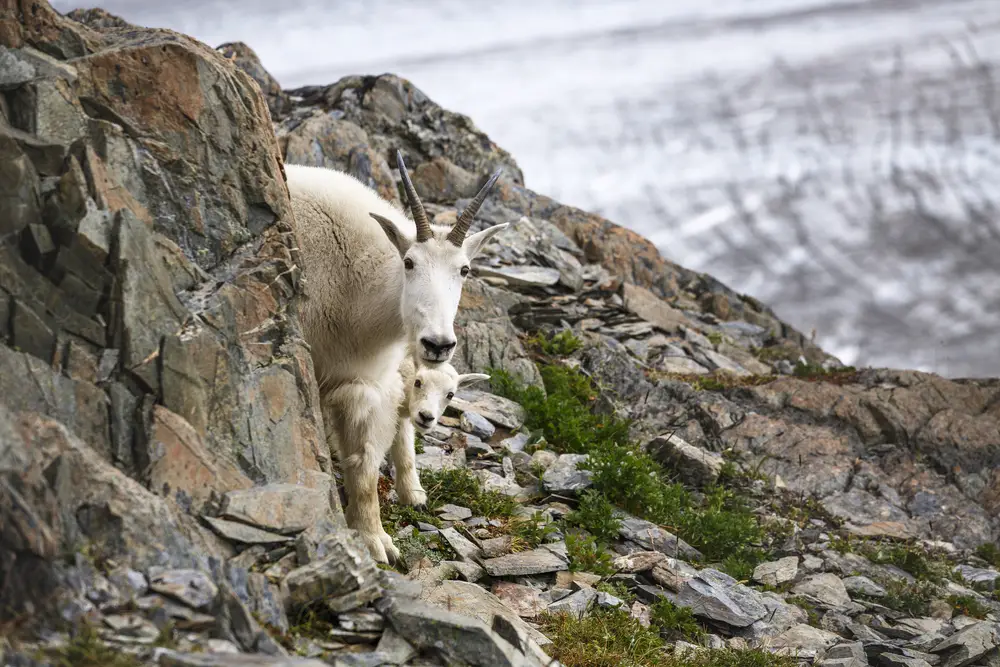
Wrangell-St. Elias in Alaska is the largest national park in the United States, a vast wilderness teeming with wildlife. The park’s remote landscapes are home to grizzly bears, wolves, and caribou, offering a rugged and wild experience. Its diverse ecosystems, from glaciers to lush valleys, create the perfect setting for wildlife encounters. Here, you can witness the raw power of nature, with towering peaks and pristine rivers as your backdrop. It’s a place where adventure and solitude go hand in hand.
Exploring Wrangell-St. Elias requires a spirit of adventure and a respect for the park’s untamed beauty. Guided tours and flightseeing offer unique perspectives of the park’s grandeur, but self-guided exploration is also possible for the experienced. The best time to visit is during the summer months, when the weather is more favorable for outdoor activities. Be prepared for remote conditions by packing essentials like food, water, and warm clothing. Wrangell-St. Elias is a testament to the enduring power of nature, offering an unforgettable journey into the wild.
